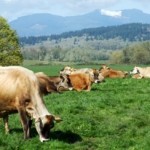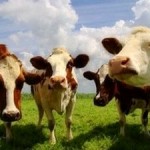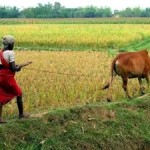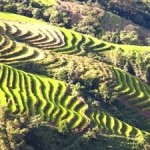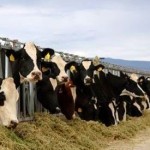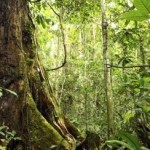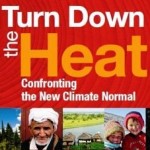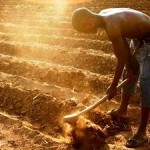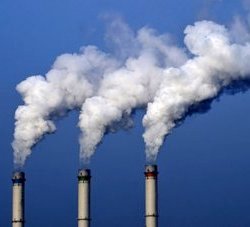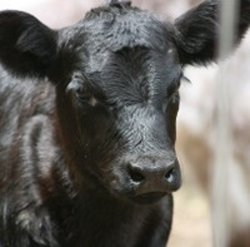 Minor improvements in feed quality in developing countries could significantly reduce greenhouse gas emissions from livestock products, according to a new study from researchers in Europe, Africa, and Australia.
Minor improvements in feed quality in developing countries could significantly reduce greenhouse gas emissions from livestock products, according to a new study from researchers in Europe, Africa, and Australia.
A new study published in the journal Proceedings of the National Academies of Science (PNAS) provides the most comprehensive assessment to date of global livestock production and its role in land use and contribution to climate change.
“Livestock are the largest users of land worldwide,” says IIASA researcher Petr Havlik, who led IIASA’s contribution to the study, a collaboration with researchers at the International Livestock Research Institute (ILRI) in Africa and the Commonwealth Scientific and Industrial Research Organisation (CSIRO), IIASA’s National Member Organization in Australia.
Havlik says, “We know that livestock have a big impact on climate and the environment. But until now we were lacking information about what these animals eat, how productive they are, and how much greenhouse gas they emit. We need that information in order to find where the biggest impacts come from and to improve mitigation policy design.”
The study quantified production, biomass use, feed efficiency, excretion, and emissions from different animals, including cattle, sheep and goats, pigs, and chickens, across the range of different production systems around the world, including large and small farms, and grass-fed vs. grain-fed animals, and mixed production systems where animals both graze and eat grain.
The in-depth study provides a unique contribution to the global change research community, providing new insight into climate change and its impacts, food security, and water security. The study provides the first data-set allowing global change researchers to represent livestock in their models, such as IIASA’s GLOBIOM, with the necessary level of detail.
The data-set itself provides some interesting conclusions on greenhouse gas emissions and food production. It confirms previous data estimating that greenhouse gas emissions per unit of product are largest for beef, and smallest for chicken meat, eggs, and milk. But within those categories, there are very large variations depending on how the livestock is produced. The assessment shows that the largest greenhouse gas emissions come from production systems where animals have a poor diet, including arid regions in sub-Saharan Africa, and South and East Asia.
This finding provides a clear suggestion for policymakers who want to help cut greenhouse gas emissions, says Havlik, “Our results show that promoting improved grassland management in developing countries, or helping to improve access to grain and hence increasing feed quality, would be a very effective way to reduce greenhouse gas emissions.” At the same time, such policies could also lead to improved food production.
Details of the Study:
Herrero, M., et al. 2013. “Global Livestock Systems: Biomass Use Production, Feed Efficiencies and Greenhouse Gas Emissions”. Proceedings of the National Academy of Sciences. DOI:10.1073/pnas.1308149110
URL: http://www.pnas.org/content/early/2013/12/12/1308149110.abstract
Source: IIASA.

